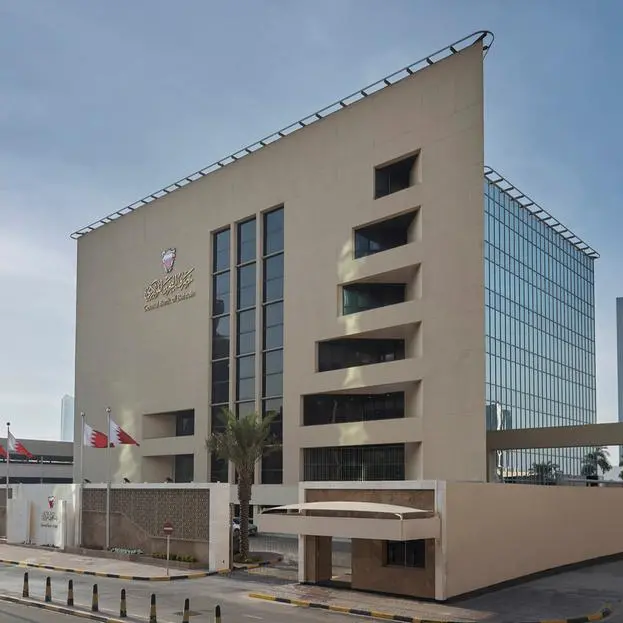DUBAI, UAE: Dubai International (DXB) retained its position as the world’s number one hub for international passengers for the sixth consecutive year with annual traffic for 2019 reaching 86.4 million – 6 million more than the nearest rival London Heathrow.
The year was also exceptional for DXB in terms of customer service with shorter wait times, record-breaking baggage performance and new retail and food and beverage offerings - summarised in this annual video report by Dubai Airports’ CEO Paul Griffiths.
Key facts and figures
DXB welcomed a total of 86,396,757 for the full year of 2019 (-3.1%) as numbers were affected by a series of challenges throughout the year, including the 45-day closure of the airport’s southern runway to enable its refurbishment, global market conditions, as well as the worldwide grounding of Boeing 737 Max aircraft.
During the fourth quarter of 2019, DXB welcomed 21.9 million customers (1.3%), taking the average monthly passenger numbers at the hub to 7.2 million for the year. The airport also breached the 8-million customer mark twice during the year (July and August).
Expressing satisfaction with DXB’s performance in 2019, Paul Griffiths, CEO of Dubai Airports said, “While customer numbers in 2019 were lower than the preceding year, the impact of the 45-day closure of the runway, the bankruptcy of Jet Airways, as well as the grounding of the Boeing’s 737 Max accounted for an estimated 3.2 million passengers over the course of the year, and indicate underlying growth at DXB.”
Top destinations
India retained its position as the top destination country for DXB by passenger numbers, with traffic for 2019 reaching 11.9 million, followed by Saudi Arabia with 6.3 million customers, and the United Kingdom finishing a close third with 6.2 million customers. Other destination countries of note include China (3.6 million customers) and the U.S. (3.2 million). The top three cities were London (3.6 million customers), Mumbai (2.3 million customers) and Riyadh with 2.2 million customers.
Flights
DXB handled 97,379 movements during the fourth quarter (-4.5%) bringing the annual flight movements to 373,261 (-8.6%), while the average number of customers per flight increased to 239, up 5.8% annually.
Waiting Times: Wait times were reduced by 15%* in 2019, thanks to DXB’s advanced operations centre which uses real time information from more than 50 systems across the facility to enhance efficiency and service, as well as the new smart gates that help speed customers through passport control.
Baggage volumes: 73.1 million bags passed through the airport’s 175 km long baggage system during 2019 with a record delivery success rate of 99.96%.
Cargo
DXB handled 659,167 tonnes of cargo in the fourth quarter (-7%) with the annual airfreight volume reaching 2,514,918 tonnes (-4.8%) during 2019.
© Press Release 2020Disclaimer: The contents of this press release was provided from an external third party provider. This website is not responsible for, and does not control, such external content. This content is provided on an “as is” and “as available” basis and has not been edited in any way. Neither this website nor our affiliates guarantee the accuracy of or endorse the views or opinions expressed in this press release.
The press release is provided for informational purposes only. The content does not provide tax, legal or investment advice or opinion regarding the suitability, value or profitability of any particular security, portfolio or investment strategy. Neither this website nor our affiliates shall be liable for any errors or inaccuracies in the content, or for any actions taken by you in reliance thereon. You expressly agree that your use of the information within this article is at your sole risk.
To the fullest extent permitted by applicable law, this website, its parent company, its subsidiaries, its affiliates and the respective shareholders, directors, officers, employees, agents, advertisers, content providers and licensors will not be liable (jointly or severally) to you for any direct, indirect, consequential, special, incidental, punitive or exemplary damages, including without limitation, lost profits, lost savings and lost revenues, whether in negligence, tort, contract or any other theory of liability, even if the parties have been advised of the possibility or could have foreseen any such damages.










